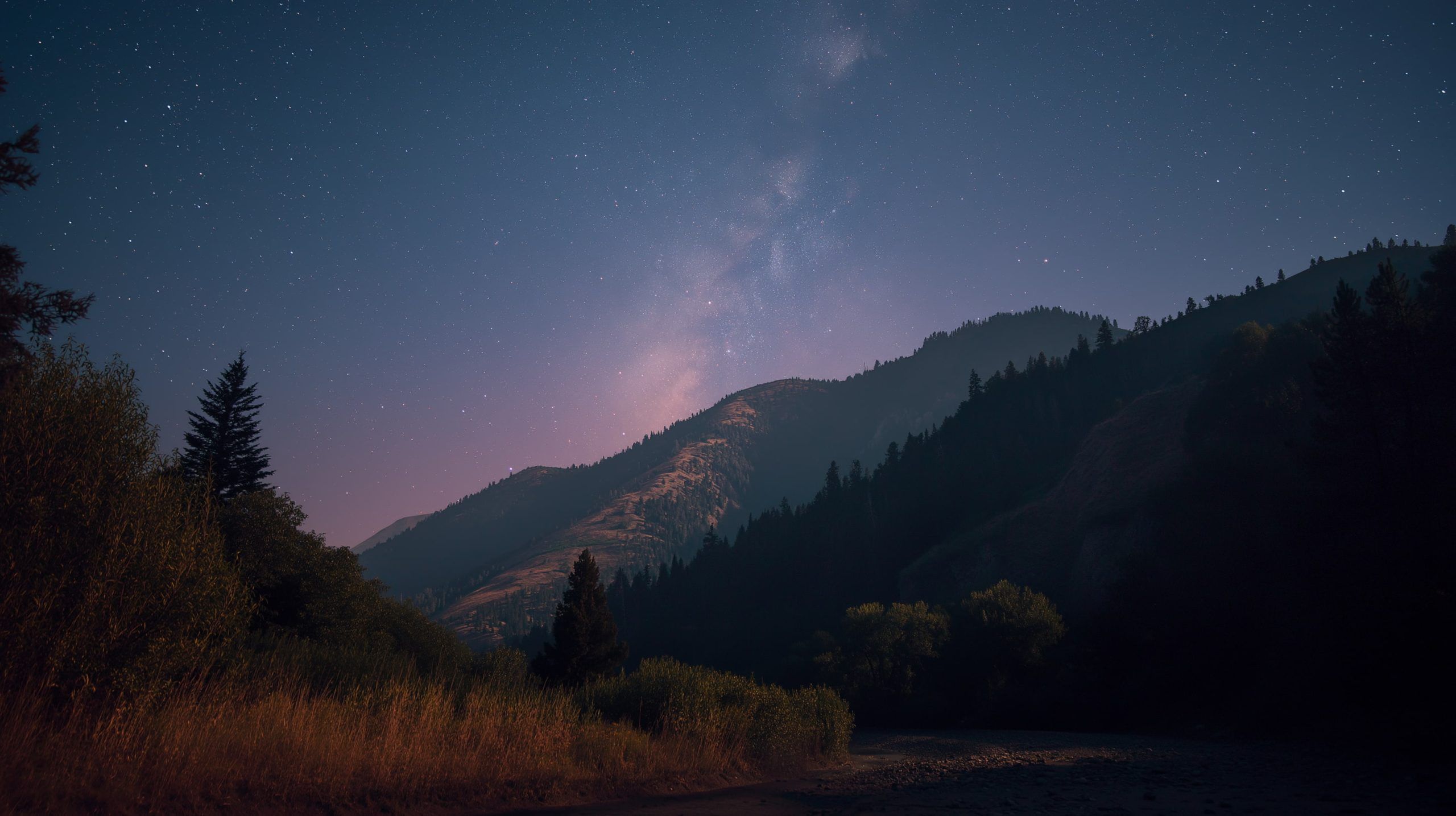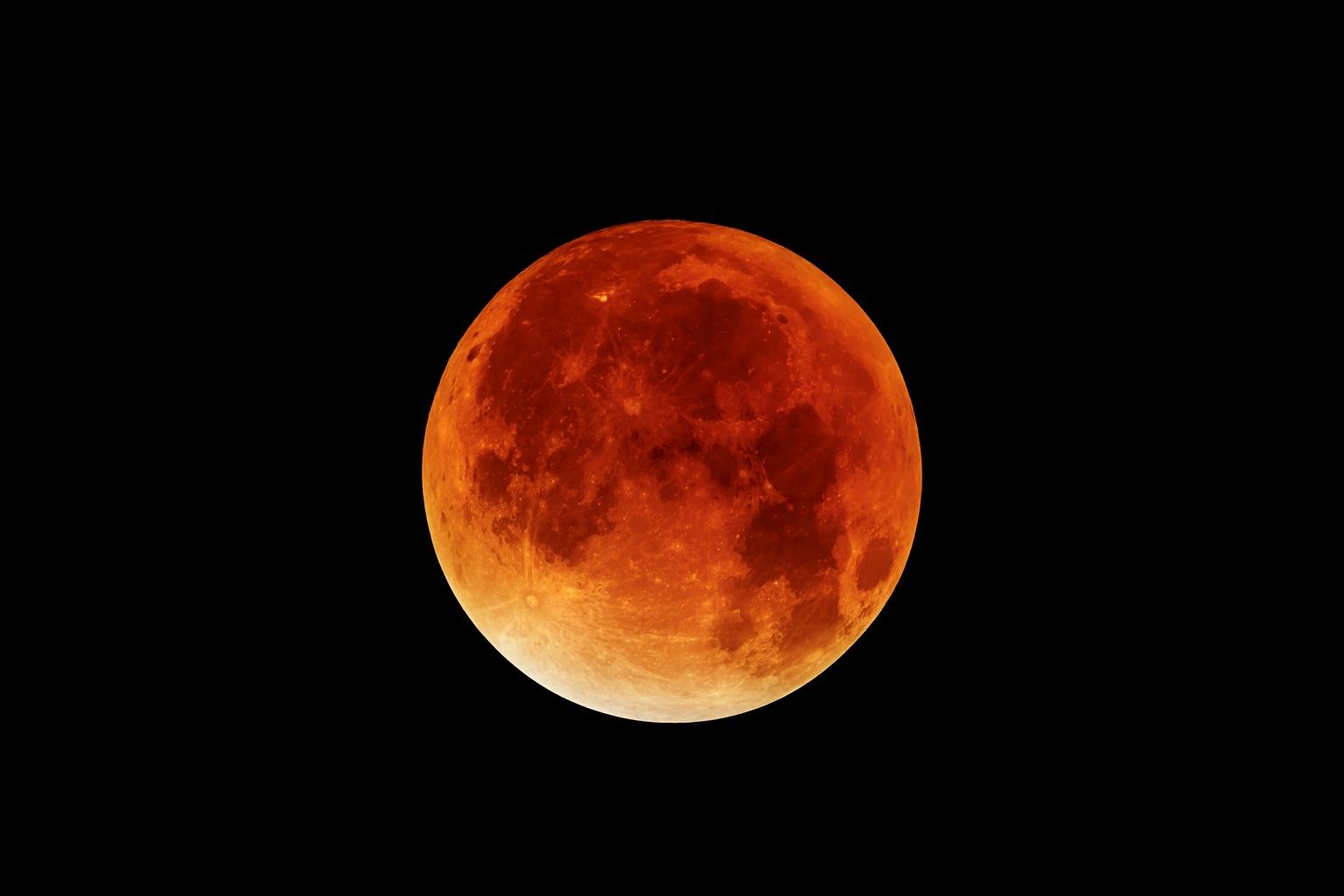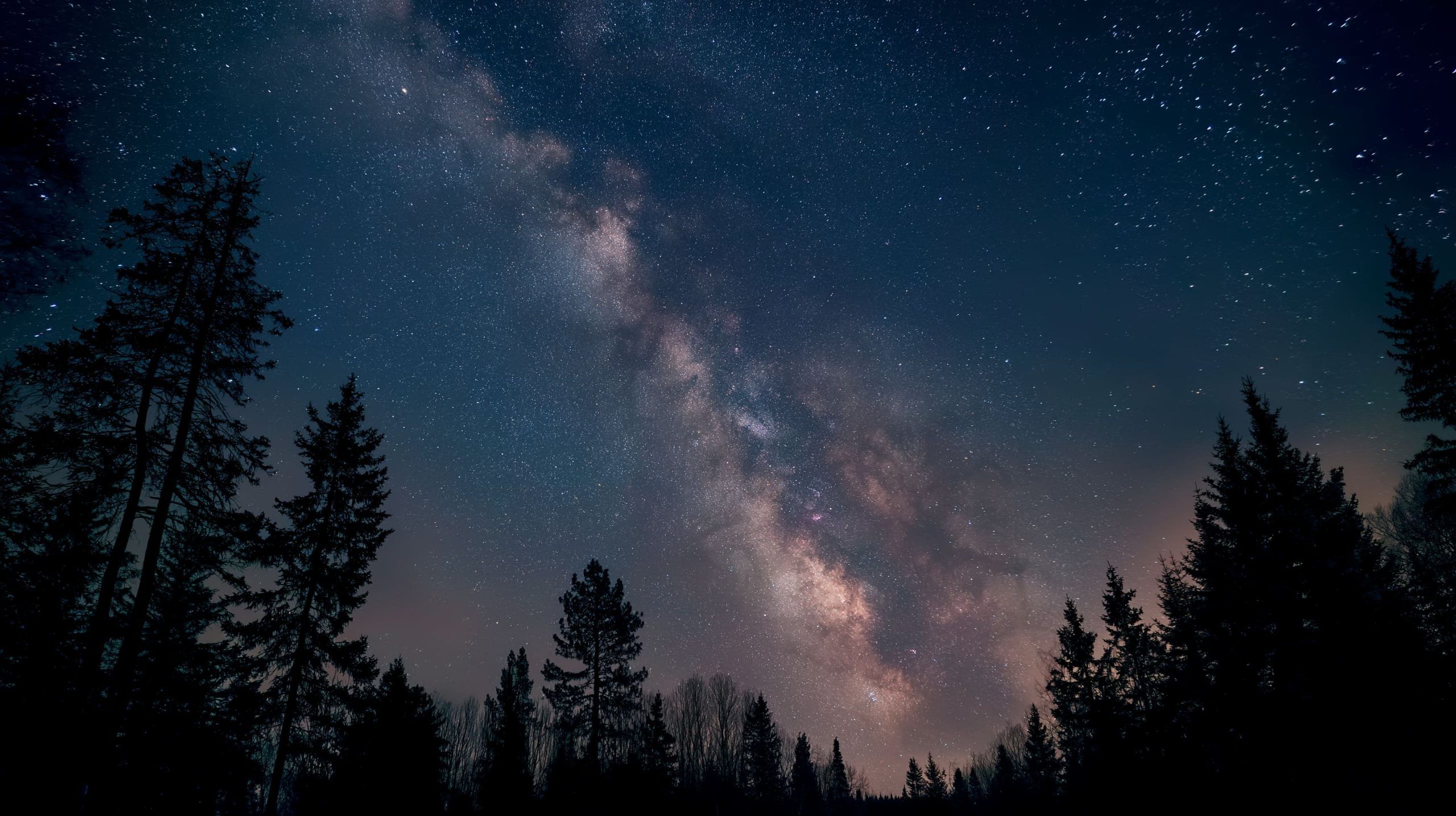
Interstellar Surprises, Ancient Fossils, and AI Breakthroughs – Top Science News (Sept 3–4, 2025)
Space & Astronomy JWST Discovers Candidate “Pristine” Galaxy: Using the James Webb Space Telescope, astronomers reported finding a distant galaxy almost entirely devoid of heavy elements, dubbed AMORE6 scitechdaily.com. If confirmed, this would mark the first-ever observation of a Population










